What is Brand Consistency?
A well done brand needs to be consistent (even when you grow weary of it) because our customers expect it. They made a decision to purchase your product based on the whole brand, the look, the story, the quality of service and they will return to buy again because of your brand consistency.
Keeping the brand consistent allows your customer to visually find you again – whether you’re a box on a shelf or a chimney sweep with your logo on your truck! And the positive emotion your customer FEELS when they see your brand is the ultimate goal of an amazing brand!
My friend and marketing expert, Jacqueline Hayes of Crayons & Marketers recently used this term “Brand Custodian” and I thought it was a PERFECT description of the responsibility we have for maintaining our brand and our clients’ brands.
“A brand custodian holds the assets of the brand for safekeeping to prevent them from being misrepresented, lost or misused. The custodian may hold assets in electronic or physical form for safekeeping and reference.”
Most new businesses have assembled a financial plan for their business so they know they can pay their bills, but few take the time to build their branding plan.
Yet the business brand is what attracts the customers to buy their products and services that create the profit – meaning the brand is just as important to the success of a business as the financial plan.
NOTE: Some of our links in the article above are affiliate links. Please review our Privacy Policy here if you have any concerns.
WHAT IS A BRAND
A business is built on the foundation of their brand; the story of WHY they are in business, WHO they serve, WHAT they offer and HOW they deliver it to their customers.
“A brand is the set of expectations, memories, stories and relationships that, taken together, account for a consumer’s decision to choose one product or service over another.” – Seth Godin
ISN’T MY BRAND MY LOGO?
A logo is a visualization of the brand story. The logo brings the story to life to capture the attention of the target audience and pulls them into finding out more about the product or service – it’s a billboard for your brand, but it’s not ALL of the brand.
“A logo doesn’t sell (directly), it identifies.” —Paul Rand
BUILDING A BRAND
We love the brand new business owners. They are super excited about their new business idea and they can’t wait to get started.
Do you sense the energy, excitement and stress that we hear when we speak to these budding entrepreneurs?
It is our job as designers and creative entrepreneurs to make them slow down and think through the branding process.
We need to be “read in” to the business plan to make sure what we design will meet their needs long term because the foundational story must be clear at the very beginning to create a successful, long term brand.
The six key elements listed below create a solid foundation for long term growth as a business. We have created a tool for you and your staff and then you can all become the custodians of your brand. Just sign up for our email below to receive the template.
KEY #1 – Your Business Name and the Story Behind It
The business name is incredibly important especially these days as it’s more and more difficult find a name not already in use. We highly recommend searching for a domain name at the same time you choose your name – don’t register a name and then go find your website domain, you’ll be disappointed. Please also do a nationwide search, we have heard too many stories of people being sued across state lines for apparent violations of trademark. Do your homework thoroughly.
“Becky’s Graphic Design” was not the first name of this business, it was actually “Becky’s Brushes” – Becky began her career as a calligrapher in her teens, and named the business after the steel brushes or nibs she used. As the business grew and technology changed, it became apparent that we needed to clarify that we didn’t sell brushes, but graphic design services! Choosing to have the service we offered in the name has been a bonus for search engine optimization of our site.
As you choose your business name please do your best to make sure a total stranger will catch on to what your selling, cute isn’t necessarily the best option.
“Good design’s not about what medium you’re working in. It’s about thinking hard about what you want to do and what you have to work with before you start.” – Susan Kare
Before we can design anything we need answer to these questions:
The Brand Story
- What is the REASON this business exists?
- What PROBLEM will this business solve?
- WHY are YOU doing this?
The Brand Business
- WHAT will this business sell?
- HOW will this business make a profit?
- WHO will buy your product or service? (and it can’t be everyone!)
The Brand Values
- What makes you unique and exceptional from your competition?
- What are the promises you can make to the customer?
One of my favorite client brand stories is for The Cotton Shed Vintage Market in Arkansas. We worked with the owners to tell their story which then gave us clear direction for the logo design.
“In Arkansas, many things find their origin in cotton. Cotton becomes the fabric that warms us around a bonfire, comforts us during sadness, dresses our table as we gather for a meal, and dances along with us in times of joy. It’s from this spirit that The Cotton Shed Vintage Market was born.
Formerly known as Blue Suede Shoes Antique Mall, The Cotton Shed Vintage Market host local vendors from all over Arkansas featuring antique, vintage, and handcrafted treasures. As a community market, The Cotton Shed Vintage Market invites guests of all ages to shop, gather, and explore with family events, Vintage After Dark adult shopping nights, and craft nights.
Whether you’re coming from across town or across the county, find comfort in the woven threads of The Cotton Shed Vintage Market.”
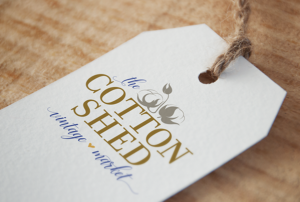
- Building a Story Brand by Donald Miller
- Start with Why by Simon Sinek
KEY #2 – A Tagline That Clarifies Your Business Verbally
Taglines, slogans, subtitles all work the same way – they tell your customer what your purpose is.
It’s that easy and that difficult. Accomplishing simplicity is hard work.
Our tagline for Becky’s Graphic Design has evolved over time as we have drilled down and defined our core services and our target audience. This is our latest tagline.
“We turn your ideas into beautiful brands, books, and marketing collateral, so you can share your unique story with the world.”
- TARGET AUDIENCE – Businesses and authors with conceptual ideas they want to develop into products and services.
- SERVICES – We create the branding, we format and design books and we create marketing tools they need to sell those ideas.
- PURPOSE – We help you bring your ideas to the world through product development and brand design.
If you need help creating your tagline, start with these two articles below. We are also happy to help you think it through as part of our “Creating a Brand” service.
Resources for creating a tagline:
Once you have these first two decisions made, then it’s time to start working on the visual to represent your business, the logo.
KEY #3 – A Logo That Identifies Your Business Visually
“Good design is like a refrigerator—when it works, no one notices, but when it doesn’t, it sure stinks.” –Irene Au
Different types of logos
There are at least seven different logo categories as explained in Logo Basics: Which Type of Logo is Right for You:
- An emblem – such as a seal with text inside of it.
- Logotype or WordMark – using typography and color only
- Monogram – using initials or a shortened version of your company name
- Brand mark – or pictorial mark, no words, just an image representing your company
- Abstract logo mark – a design that evokes a feeling
- Mascot – used to connect with customers in a friendly way
- Combination Mark – using more than one of these methods to represent your brand
We prefer to create the “combination mark” for our clients – we find a wordmark and a brandmark work well together and allow us the versatility to have alternate solutions for print, digital and social placement. Here are a few examples of logos we’ve created, each of these has an alternate logo and at least one brand mark to use as a profile image for social media.
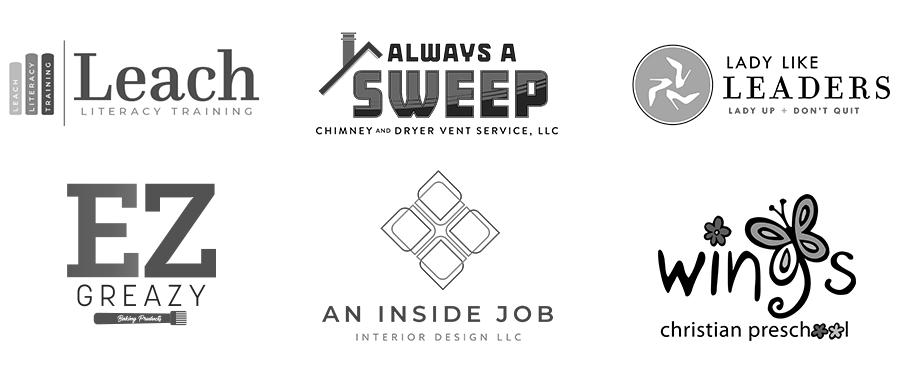
KEY #4 – Typography That Aligns With Your Mission
Choosing the right font for a logo is critical for design success. Not only do you need to choose the correct font to represent your brand, it’s important to find a versatile font with additional family styles and glyphs to create a unique layout. Read more about choosing fonts here.
When we choose the typography for a brand we start with these questions:
- What are the brand characteristics? Strong, feminine, professional, fun, each of these might require a different font or one very special one to represent all of them together.
- How complex is the message? Choosing a wide font for a long word probably won’t work!
- Where will the logo be displayed? A logo on a service van must have fonts that can be easily read, not the time for complex script fonts.
- Choose a pair of fonts that work well together – Use one for the main message and one for the tagline, the art is finding the right combination to work well together.
Here are some examples of font pairing:
Resources for choosing the best typography for your brand:
- Typography in branding Infographic
- 30 fonts pairing options for fonts
- Brand Fonts Guide – 8 Pro Tips for Choosing & Using Yours
KEY #5 – A Color Palette
For years we’ve recommended our clients put together a locked Pinterest Board to assemble their ideas for their brand. We recommend clients find typography, logos and colors that they are considering so we can SEE what they have been telling us. This is always a starting point, a helpful exercise in clarity of language (Oh, that’s what you mean by Vintage Modern!) Our clients find it helpful for them too. When they see what they’ve been telling us they want, they change their mind BEFORE we start the design process.
Building a color palette for a brand is part of this exercise. Color is a visual tool to express emotion, character and value, and your brand colors should represent the values and character of your business. It’s important to get it right. Our color palette has expanded and developed over the years – but blue has been the central hue. The choice of blue came from our original target client the small business industry. As graphic designers we can be considered too “artsy” to understand the needs of a business, so we purposefully chose the traditional business blue in a soft shade. We’ve added bright pink as a fun, playful, contrasting color and green to represent our creative roots from our Creator.
“There are three responses to a piece of design – yes, no, and WOW! Wow is the one to aim for.” – Milton Glaser
There are many helpful articles on the science of brand colors, choosing your palette and even designing a ” Moodboard” like mine in Canva. Here are my favorites:
- How to choose your brand colors and add an accent color for conversions by my friend and fellow designer, Pamela Wilson.
- A Color Quiz – What color should your brand be?
- Build your own moodboard with Canva
KEY #6 – Your Brand Needs Imagery That Engages Your Target Audience
When we speak of imagery, we are most often referring to photography, but it could also mean a vector illustrations, line art or icons that work with your brand.
Your photography should match your industry and your color palette. Consider using the search function to narrow down options by keywords and even color selection.
There are many resources for finding the right imagery, here are some of our favorites.
- Adobe Stock Images – These are high quality images with a robust search engine that includes color selection as a filter.
- Shutterstock – Another option for high quality images.
- Freepik – Photos, product mockups, backgrounds and vector images for free*
- Canva.com – Build your own custom images for your website and social media*
- GetStencil.com – Build your own custom images for social media, great resource for quotes too*
*We prefer the annual subscription for the best options.
We recommend creating a folder for your imagery and then take the time to download a series of options so they’re available when you need them. An hour or two for this research will save you lots of time later on. And your brand will remain consistent!
KEEPING IT ALL TOGETHER – Download Our Free Resource!
When we work with established brands to build new marketing we ask the client to send over their logo and any brand collateral that we will be incorporating into their project. More often than not the client doesn’t know where that file is and the project is delayed while they search for it. Many times the client isn’t able to articulate the brand style or messaging clearly to us because they are so busy “doing the work.”
To make life easier we’ve put together a Brand Organizational Tool for anyone to use as their source of truth for their own brand. Sign up for our email in the box below and we’ll send you a copy. We’ve left helpful hints throughout the guide to assist you – it will even allow you to add additional pages as needed.
We hope this helps your business organize it’s brand content and keeps all this information available at your fingertips. Let us know if you find this helpful and how you’re using it.
JUST STARTING TO BUILD YOUR BRAND?
Are you at the beginning of the process of building a brand for your business? We are happy to help! Our Full Branding Package will walk you through developing all six of these key elements and in the end you’ll have your own Brand Guide Book with links to all your logo files ready for you to use whenever you need them.
Check out our portfolio to see some of our most recent work.
“Superb professional communication. Becky and her team worked with us initially updating and upgrading our company logo to communicate more effectively. Becky really listened to what our business was about and what we were trying to do rather than just plugging us in to a template. She kept us informed as to what was being worked on and when to expect it. The results were fantastic- creative, unique and clear. We have so satisfied with her initial work that we added several projects and will continue to use her team for any future work.” –
Joshua Brosius, Owner of ALWAYS A SWEEP



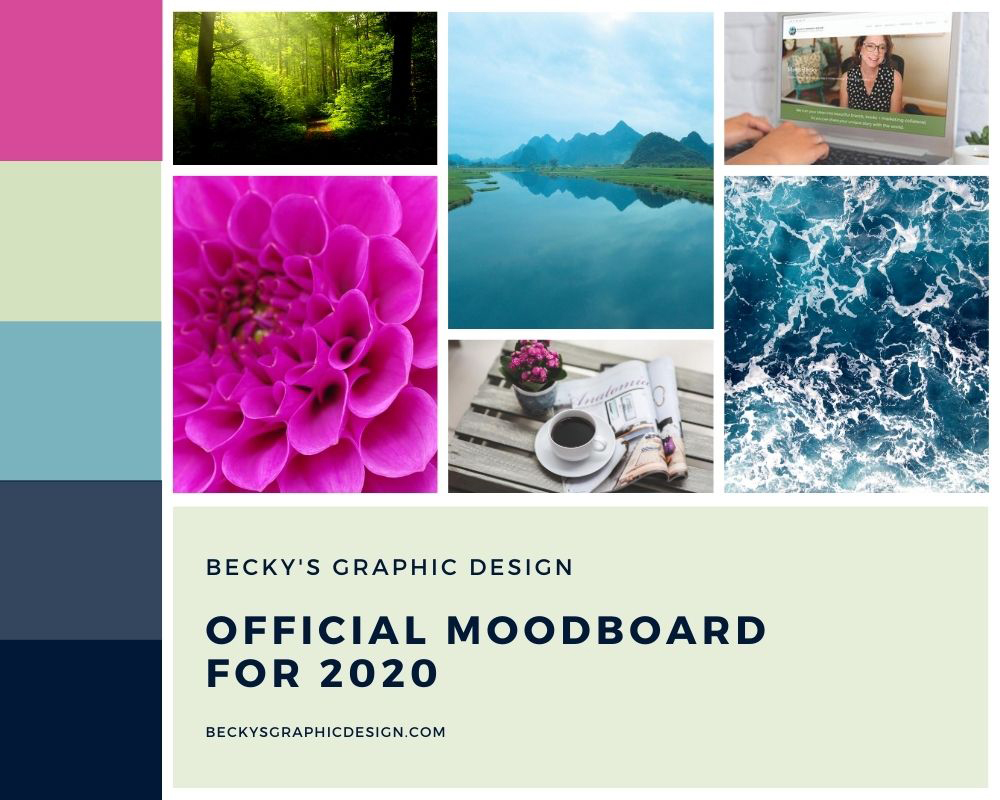


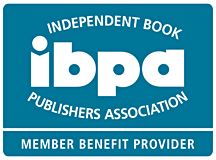
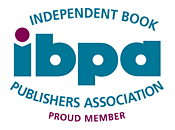
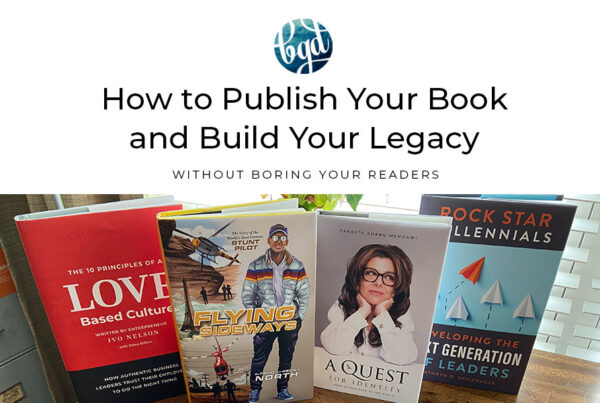
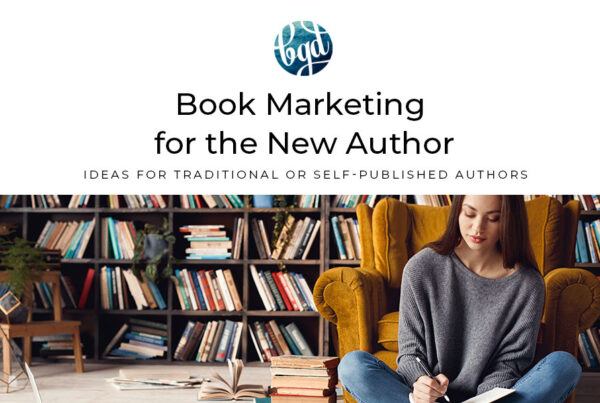

Yes, there is nothing wrong into turning one’s passion into something that earns them money, as well. As a writer, being credited is something that one looks forward to, and as a site owner, crediting someone is a sign of honestly. Definitely agree with you, and thanks for sharing this.